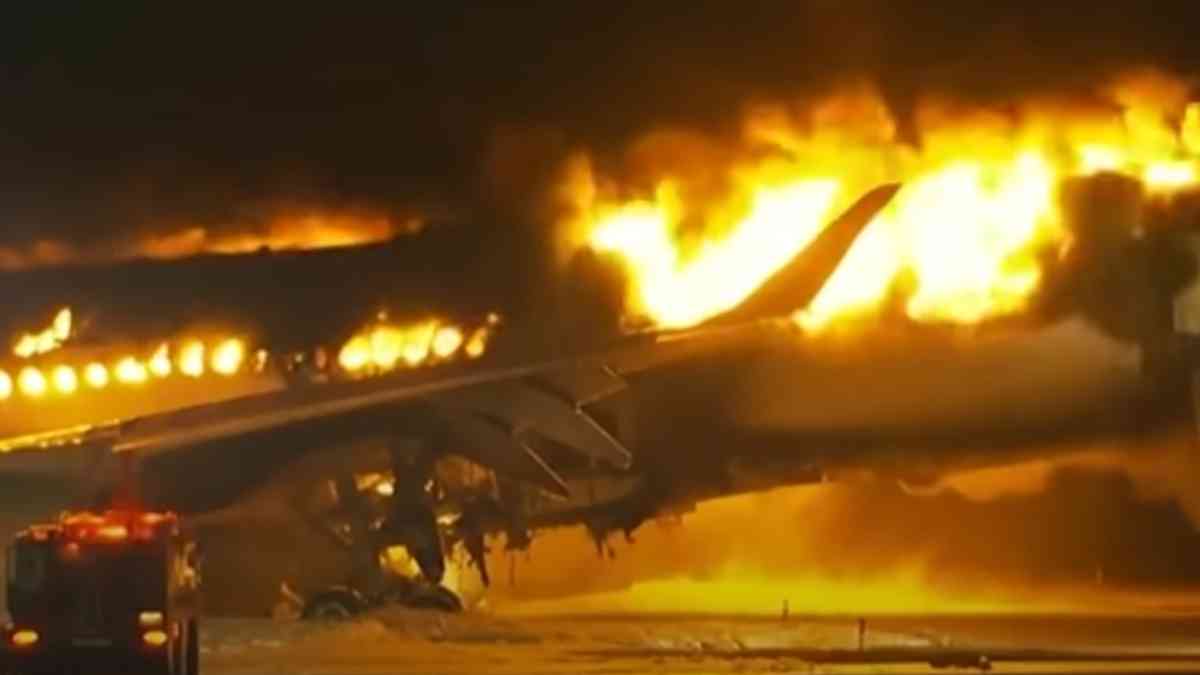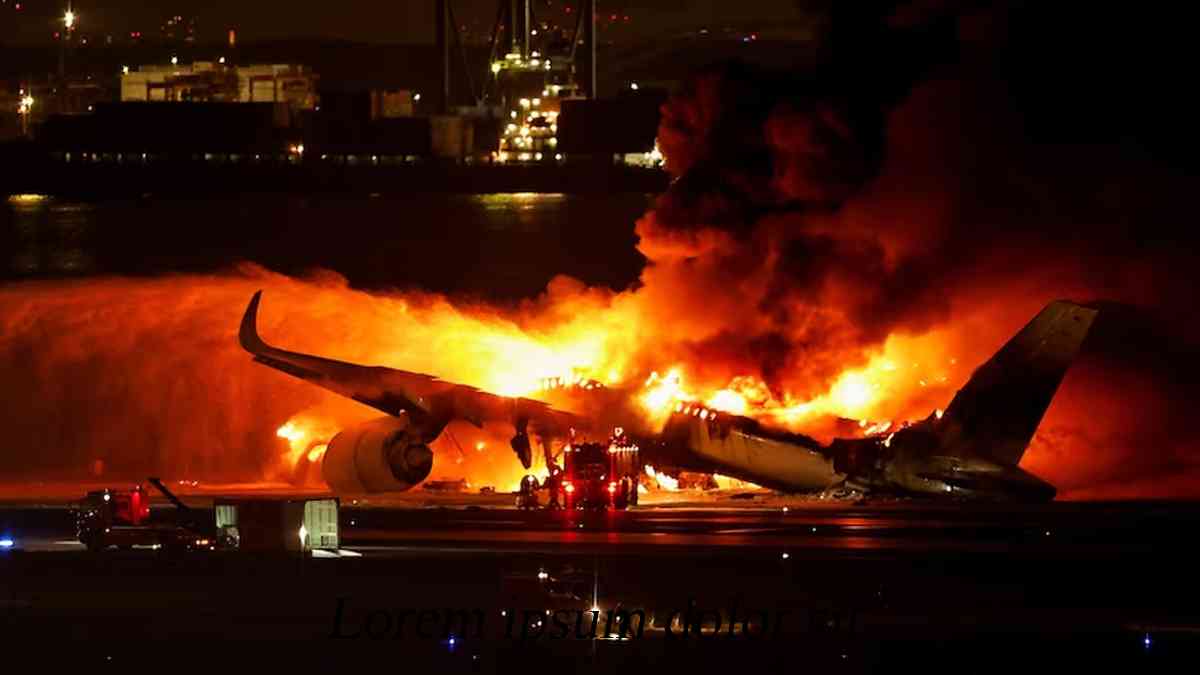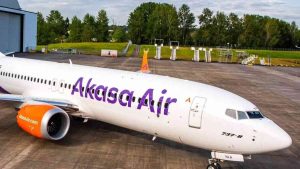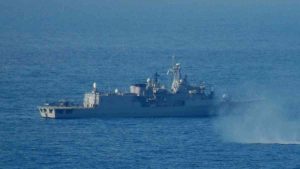Big problem in Tokyo! At the airport, Japan Airlines had a really scary situation. There was a big fire on their Airbus A350, and firefighters had to work hard to stop it. This happened when the plane, coming from the north island of Hokkaido, accidentally bumped into a Coast Guard plane on the runway. It was a really serious situation, and everyone was trying their best to handle it.
Live images captured over the past hour depicted the flames steadily engulfing the A350, leaving a trail of destruction in its wake. The collision occurred during the landing at Haneda International, leading to a chain reaction that triggered a massive fire on the aircraft. Miraculously, most of the 379 people on board, including passengers and crew, were safely evacuated, though reports indicated that several individuals were still missing, predominantly from the Coast Guard plane involved in the collision.
The Coast Guard aircraft, en route to deliver aid to the earthquake-hit Noto Peninsula, collided with the Japan Airlines Airbus A350 on the runway clearance area. As the fire crews continued their efforts to extinguish the flames at the airport, the scale of the disaster raised questions about human factors, aircraft design, and the rapid spread of the fire after the collision.
Amidst the chaos, Professor Gra Brawe from Cranfield University provided insights into the critical moments leading up to the incident. He highlighted limited information but pointed to CCTV footage suggesting a collision with the Coast Guard aircraft, leading to significant damage to the A350’s left engine and subsequent fuel leakage, igniting the fierce blaze.
Discussing the positive outcome of the evacuation, Professor Brawe commended the training and design aspects that allowed the 379 occupants to exit the aircraft safely. Acknowledging the tragic outcome for the Coast Guard plane’s crew, he emphasized the importance of human factors investigations in understanding both positive and negative actions during such crises.

The conversation then delved into the safety culture at Japan Airlines, shaped by a tragic incident in 1985. A faulty repair led to the catastrophic loss of an aircraft, prompting a profound reflection within the airline. Nearly 20 years later, Japan Airlines established a Safety Promotion Center at its corporate headquarters. This center serves as a poignant reminder to all employees, irrespective of their position, about the importance of aviation safety, showcasing artifacts from the 1985 accident.
Even though the fire was really big and the A350 got damaged, Japan Airlines’ focus on safety was super important. Because of their safety culture, everyone could get out of the plane safely. This shows that the airline cares a lot about making things better and always making sure everyone is safe. They learn from things that went wrong before and keep reminding everyone about how important safety is. This is a big part of how they work, making sure everyone in the airline knows how to keep things safe.
As investigations unfold to determine the causes and contributing factors to the incident, the triumph of passenger safety amidst adversity serves as a testament to the importance of rigorous training, meticulous aircraft design, and a steadfast commitment to maintaining a robust safety culture within the aviation industry.






















+ There are no comments
Add yours